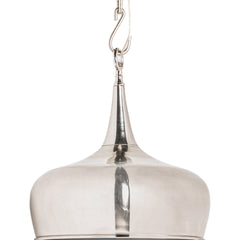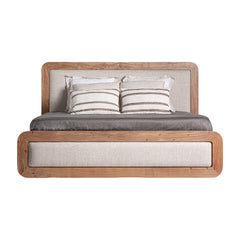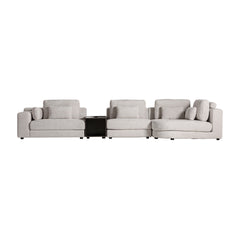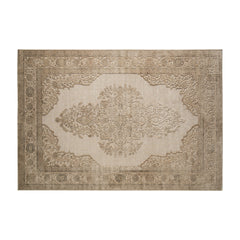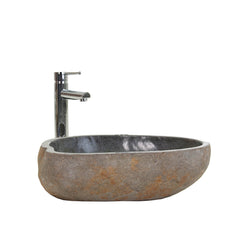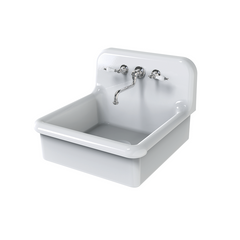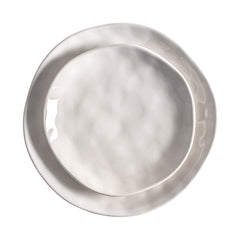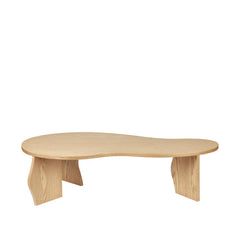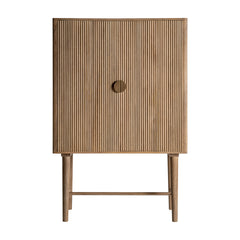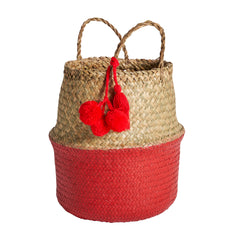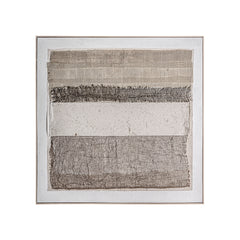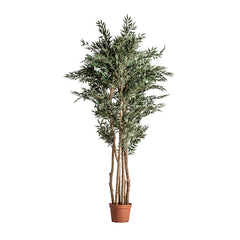Inside Gwyneth Paltrow’s Serene Sanctuary: A Glimpse into Her Interior Aesthetic
Gwyneth Paltrow is widely known not only as an actress but also as a lifestyle guru through her brand Goop. Her homes—especially her Montecito residence—reflect a deliberate design philosophy: one that marries elegance, wellness, and subtle storytelling.
The Vision Behind the Design
-
When designing her Montecito house, Paltrow engaged Roman and Williams and Romanek Design Studio to bring her vision to life. (Architectural Digest)
-
The architectural concept was described as “a Parisian apartment set within an old European barn” — combining high ceilings, rustic textures, and refined details. (Vogue Australia)
-
Sustainability and wellness play a key role: the house reportedly has solar power and gray-water systems integrated into its design. (Hommés Studio | Modern Interior Design)
Key Elements of Her Interior Style
Here are the signature features and design choices that make Gwyneth Paltrow’s home interiors stand out (and ideal for highlighting in a blog):
1. Balanced Minimalism + Warmth
Although many modern celebrity homes skew ultra-minimalist, Paltrow’s interiors balance clean lines and generous openness with warm textures, carefully curated art, and ambient lighting. (Architectural Digest)
The result: spaces that feel airy and restful, not cold or austere.
2. Materiality & Craft
Detail is everything. Examples include:
-
Antique fireplace mantels and reclaimed stone pavers in entryways. (Architectural Digest)
-
Custom bronze doors with a pewter finish. (Roman and Williams)
-
A freestanding onyx bar in the living area, acting as a sculptural focal point. (Architectural Digest)
-
In the home spa, pale-green tiles reference the feel of ancient bathhouses while steering clear of kitsch. (Roman and Williams)
These material choices anchor the home in tactile richness.
3. Thoughtful Proportions & Geometry
The design isn’t random—it applies architectural principles like Vitruvian proportions and sacred geometry to guide spatial flow and harmony. (Roman and Williams)
Rooms are arranged to balance natural light, view corridors, and privacy. The designers didn’t merely fill rooms with furniture; they considered how each space would feel in motion, in light, and in rest.
4. Neutrals, Earthy Palette & Subtle Accents
The color palette is largely soft and neutral: sand tones, creams, warm greys, off-whites. Natural textures—wood, stone, brass—add depth. (Hommés Studio | Modern Interior Design)
Accent pieces (artworks, a dramatic light fixture, a bold side table) punctuate the calm without overwhelming it. (Architectural Digest)
5. Interior-Outdoor Synergy
Large windows, French doors, terraces, and courtyards help draw in nature. The home flows between inside and outside, blending indoor living with garden views and light. (Vogue Australia)
For instance, the shared courtyard becomes an extension of living space, while the spa, terraces, and pool integrate smoothly with the house’s geometry.
Living Room
-
A Lindsey Adelman lighting installation anchors the ceiling plane. (Architectural Digest)
-
Furnishings include a Charles Zana sofa, Jan Ekselius lounge chairs, and sculptural side tables. (Architectural Digest)
-
The bar and fireplace areas become focal zones without interrupting flow.
Kitchen & Dining
-
In the kitchen, custom cabinetry and millwork merge function and form. (Architectural Digest)
-
The dining area often features clean-lined furniture, paired with accent pieces like blue-and-white ceramics. (Architectural Digest)
-
Natural light and connection to adjacent rooms are prioritized.
Spa & Wellness Zones
-
The spa is conceived as a modern interpretation of classical bathhouses, with pale-green tiling and classic fixtures. (Roman and Williams)
-
Luxurious bath zones are treated not just as functional spaces but as spaces for ritual and rest.
Entry & Corridors
-
The entry features an 18th-century fireplace mantel and reclaimed stone floors. (Architectural Digest)
-
Corridor transitions are smooth and often framed by arches, natural light, and minimal ornamentation.
0 comentarios

